Table of Contents
Anneliese Michel was subjected to 67 Catholic exorcism rites that ultimately left her dead at age 23 on July 1, 1976.
Though many may not know it, the horrifying events of the 2005 film The Exorcism of Emily Rose were not entirely fictional, but rather were based on the actual experiences of a young German woman named Anneliese Michel.
Anneliese Michel grew up devoutly Catholic in Bavaria, West Germany in the 1960s, where she attended mass twice a week. When Michel was 16, she suddenly blacked out at school and began walking around in a daze. Though Michel herself had no memory of the event, her friends and family said she was in a trance-like state.
A year later, Anneliese Michel experienced a similar occurrence, where she woke up in a trance and wet her bed. Her body then went through a series of convulsions, causing her body to shake uncontrollably, leaving many of those closest to her certain that she was possessed by a demon.
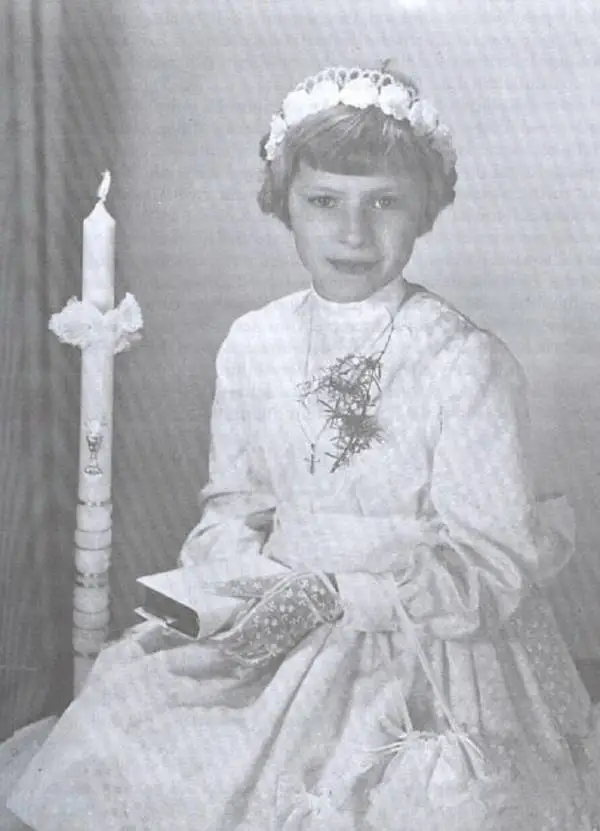
Anneliese Michel/Facebook Anneliese Michel as a young child.
But what happened next was even more disturbing, and the exorcisms that her family used to treat her symptoms eventually left her dead on July 1, 1976 at the age of just 23.
This is the haunting story of Anneliese Michel, the real-life Emily Rose.
Anneliese Michel’s Original Diagnosis
After the second time she went into a trance, Anneliese Michel visited a neurologist who diagnosed her with temporal lobe epilepsy, a disorder that causes seizures, loss of memory, and experiencing visual and auditory hallucinations.
Temporal lobe epilepsy can also cause Geschwind syndrome, a disorder marked by hyperreligiosity.

Anneliese Michel/Facebook Anneliese Michel during college.
After her diagnosis, Anneliese Michel began taking medication for her epilepsy and enrolled in the University of Würzburg in 1973.
However, the drugs she was given failed to help her, and as the year progressed her condition began to deteriorate. Though she was still taking her medication, Michel began to believe that she was possessed by a demon and that she needed to find a solution outside of medicine.
She began to see the face of the devil wherever she went and said she heard demons whispering in her ears. When she heard demons telling her she was “damned” and would “rot in hell” while she was praying, she concluded that the devil must be possessing her.
The Strange Behavior Of The Girl “Possessed By A Demon”
Anneliese Michel and her family sought out priests to help her with her demonic possession, but all the clergy she approached rejected her requests, saying that she should seek medical help and that they needed the permission of a bishop anyway.
At this point, Michel’s delusions had become extreme.
Believing she was possessed, she ripped the clothes off her body, compulsively performed up to 400 squats a day, crawled under a table and barked like a dog for two days. She also ate spiders and coal, bit the head off of a dead bird, and licked her own urine from the floor.
Finally, she and her mother found a priest, Ernst Alt, who believed in her possession. He stated that “she didn’t look like an epileptic” in later court documents.
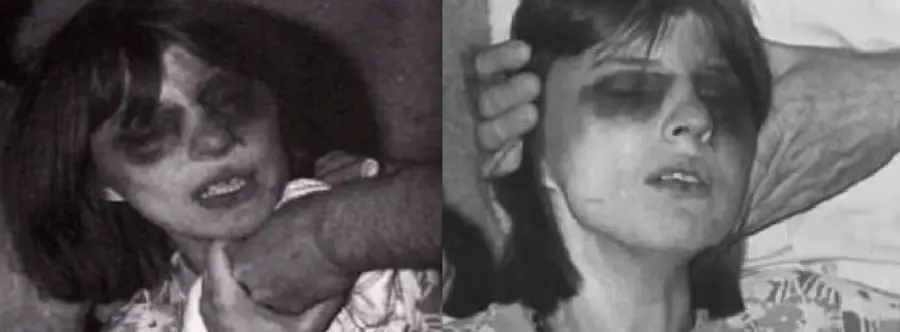
Anneliese Michel/Facebook Anneliese Michel during one of her exorcisms.
Anneliese Michel wrote to Alt, “I am nothing, everything about me is vanity, what should I do, I have to improve, you pray for me” and also once told him, “I want to suffer for other people…but this is so cruel”.
Alt petitioned the local bishop, Bishop Josef Stangl, who eventually approved the request and granted a local priest, Arnold Renz permission to perform an exorcism, but ordered that it be carried out in total secret.
Why The Real Emily Rose Was Subjected To Torturous Exorcisms
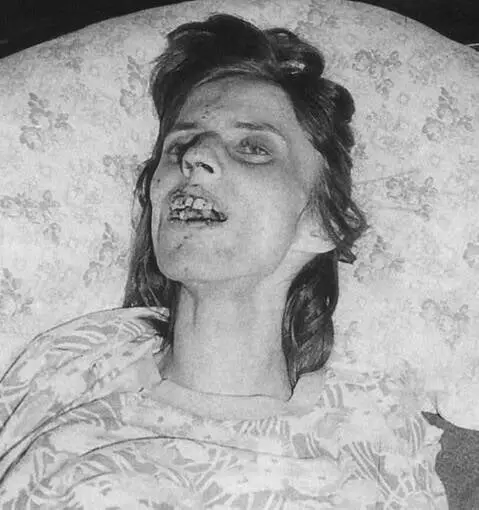
Facebook Anneliese Michel’s 67 exorcisms slowly killed her over a period of many months before she finally perished on July 1, 1976.
Exorcisms have existed in various cultures and religions for millennia, but the practice became popular in the Catholic Church in the 1500s with priests who would use the Latin phrase “Vade retro satana” (“Go back, Satan”) to expel demons from their mortal hosts.
The practice of Catholic exorcism was codified in the Rituale Romanum, a book of Christian practices assembled in the 16th century.
By the 1960s, exorcisms were very rare among Catholics, but a rise in movies and books like The Exorcist in the early 1970s caused a renewed interest in the practice.
Over the next ten months, following the bishop’s approval of Anneliese Michel’s exorcism, Alt and Renz conducted 67 exorcisms, lasting up to four hours, on the young woman. Through these sessions, Michel revealed that she believed she was possessed by six demons: Lucifer, Cain, Judas Iscariot, Adolf Hitler, Nero, and Fleischmann (a disgraced priest).

Anneliese Michel/Facebook Anneliese Michel being restrained by her mother during an exorcism.
All these spirits would jostle for power of Anneliese Michel’s body, and would communicate from her mouth with a low growl.
How Did Anneliese Michel Die?
The demons argued with each other, with Hitler saying, “People are stupid as pigs. They think it’s all over after death. It goes on” and Judas saying Hitler was nothing but a “big mouth” who had “no real say” in Hell.
Throughout these sessions, Anneliese Michel would frequently talk about “dying to atone for the wayward youth of the day and the apostate priests of the modern church.”
She broke the bones and ripped the tendons in her knees from continually kneeling in prayer.
Over these 10 months, Michel was frequently restrained so the priests could conduct exorcism rites. She slowly stopped eating, and she eventually died of malnutrition and dehydration on July 1st, 1976.
She was just 23 years old.

Anneliese Michel/Facebook Anneliese continuing to genuflect despite her broken knees.
After her death, Anneliese Michel’s story became a national sensation in Germany after her parents and the two priests who conducted the exorcism were charged with negligent homicide. They came before the court and even used a recording of the exorcism to try to justify their actions.
The two priests were found guilty of manslaughter resulting from negligence and were sentenced to six months in jail (which was later suspended) and three years of probation.
The parents were exempted from any punishment as they had “suffered enough,” a criteria for sentencing in German law.
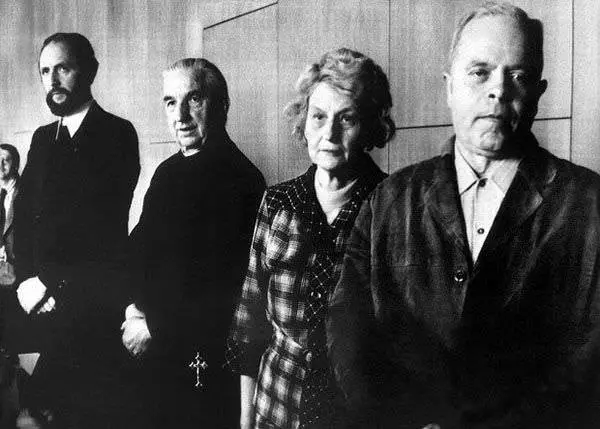
Keystone Archive At trial. From left to right: Ernst Alt, Arnold Renz, Anneliese Michel’s mother Anna, and father Josef.
The Inspiration For The Exorcism Of Emily Rose
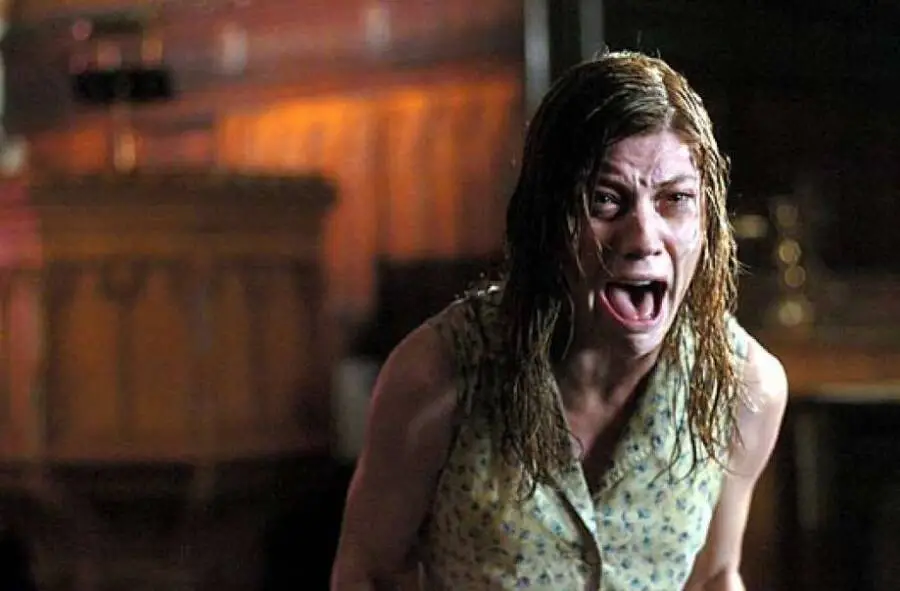
Sony PicturesA still from the popular 2005 film.
Decades after the trial, the famous horror movie The Exorcism of Emily Rose was released in 2005. Loosely based on Anneliese Michel’s story, the movie follows a lawyer (played by Laura Linney) who takes on a negligent homicide case involving a priest who allegedly performed a deadly exorcism on a young woman.
Set in America in the modern day, the film was both praised and panned by critics for its depiction of the sensational court case that followed the death of the character Emily Rose.
Although much of the movie focuses on courtroom drama and debate, there are plenty of scary flashbacks that depict the events leading up to Emily Rose’s exorcism — and her untimely death at age 19.
Perhaps one of the most memorable scenes from the film is the flashback of Emily Rose screaming the names of all her demons to her priest. While possessed, she shouts out names such as Judas, Cain, and, most chillingly, Lucifer, “the devil in the flesh.”
While reviews of The Exorcism of Emily Rose were decidedly mixed, the film did pick up a couple of awards, including an MTV Movie Award for “Best Frightened Performance” by Jennifer Carpenter, who played Emily Rose.
How Anneliese Michel Is Remembered Today
Other than her inspiration for a horror film, Anneliese Michel became an icon for some Catholics who felt modern, secular interpretations of the bible were distorting the ancient, supernatural truth it contains.
“The surprising thing was that the people connected to Michel were all completely convinced that she had really been possessed,” remembers Franz Barthel, who reported on the trial for the regional daily paper the Main-Post.
“Buses, often from Holland, I think, still come to Michel’s grave,” Barthel says. “The grave is a gathering point for religious outsiders. They write notes with requests and thanks for her help, and leave them on the grave. They pray, sing and travel on.”
While she may be a source of inspiration for some religious people, the story of Anneliese Michel is not one of spirituality triumphing over science, but of people who should have known better than allowing a mentally-ill woman to die.
It’s the story of people projecting their own beliefs, hopes, and faith onto a woman’s delusions, and the price that was paid for those beliefs.

